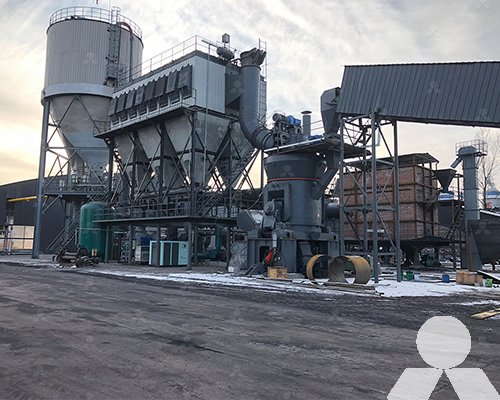What is the difference between wet and dry grinding mill?
Grinding mill are used to reduce the size of a wide variety of materials. They come in a variety of types, including wet grinding mill and dry grinding mill. The main difference between these two types of mill is the presence or absence of liquid during the grinding process.
Wet grinding mill
Wet grinding mill use a liquid, such as water or oil, to help reduce the size of the material being ground. The liquid helps to lubricate the grinding surfaces and to carry away the ground material. Wet grinding mill are often used to grind materials that are soft or sticky, such as clay, coal, and food products.

Dry grinding mill
Dry grinding mill do not use any liquid during the grinding process. The material being ground is reduced in size by the friction between the grinding surfaces. Dry grinding mill are often used to grind materials that are hard or abrasive, such as rocks, minerals, and metal.
Advantages and disadvantages of wet and dry grinding mill
Wet grinding mill
- Advantages:
- Produce a finer grind
- Can be used to grind soft or sticky materials
- Less dust is produced
- Disadvantages:
- Require more energy to operate
- The ground material may be contaminated with the liquid
- The liquid may need to be treated before it can be disposed of
Dry grinding mill
- Advantages:
- Require less energy to operate
- The ground material is not contaminated with any liquid
- The ground material can be disposed of easily
- Disadvantages:
- Do not produce as fine a grind as wet grinding mill
- Cannot be used to grind soft or sticky materials
- More dust is produced
The choice of whether to use a wet grinding mill or a dry grinding mill depends on a number of factors, including the type of material being ground, the desired fineness of the grind, and the environmental regulations that must be met.








